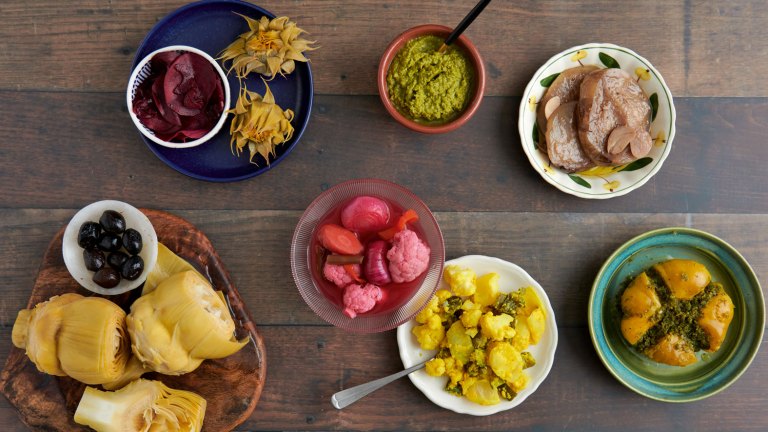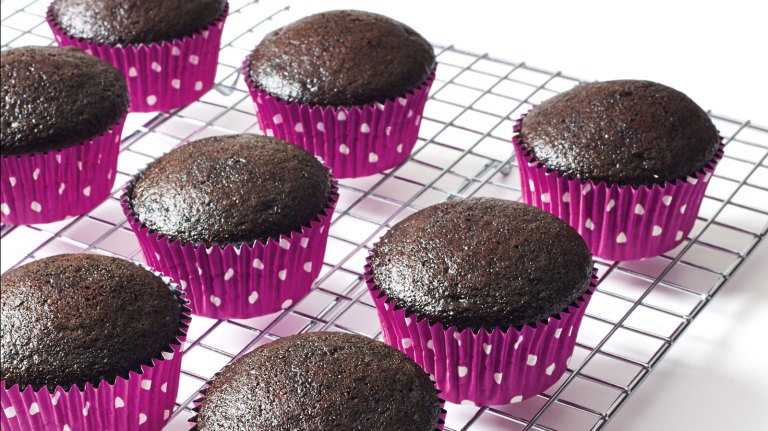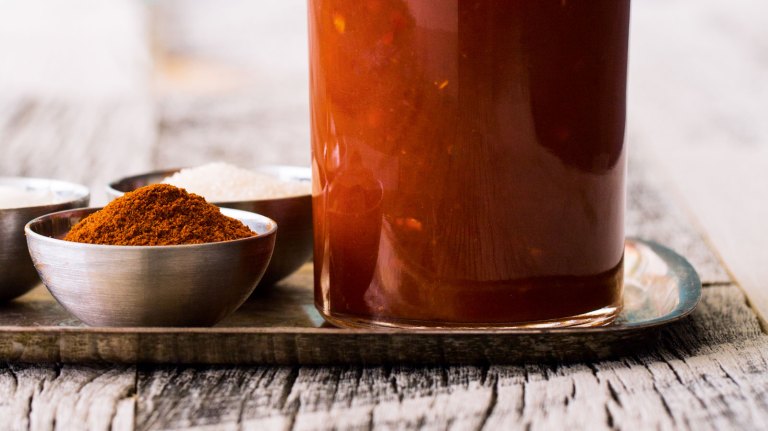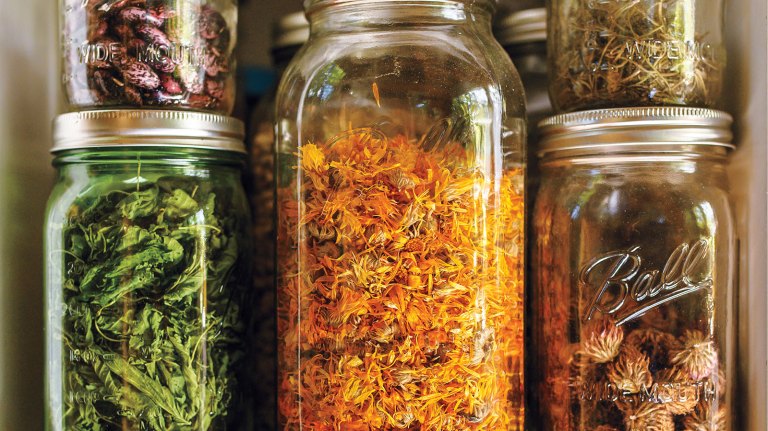Homemade Sour Orange Beef Jerky Recipe
Next to bacon, savory, toothsome beef jerky is one of the gateway preserved meats for beginners or vegetarians who’ve fallen off the wagon. Best of all, there’s no special equipment required; jerky dries beautifully in the oven.
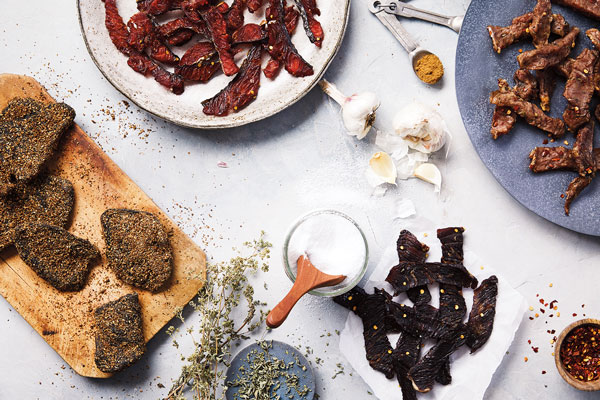
Humans have been successfully drying food around the fire, in the sun, or on hot rocks for centuries. Dried food is portable, flavorful, and ripped with a toothsome, chewy texture. Flavor combinations and permutations abound, as do the cuts of protein that can be dried, from beef to poultry to fish to venison to tofu.
Next to bacon, savory, toothsome beef jerky is one of the gateway preserved meats for beginners or vegetarians who’ve fallen off the wagon.
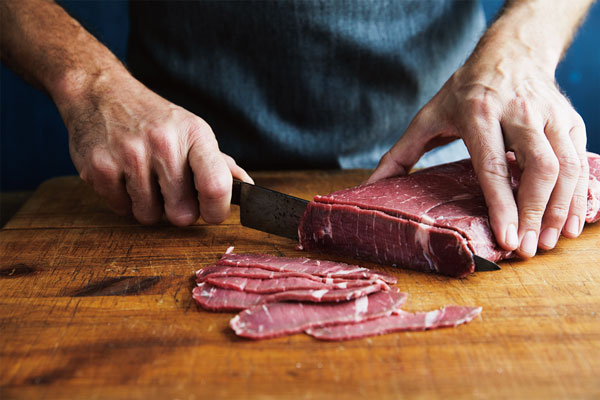
The key to making beef jerky is slicing the meat very thinly. Your butcher may be willing to slice the meat for you — it’s worth an ask. The other way to ensure success is to know when it’s done. Look for a dry, shredded-looking interior on a thick piece — if you find it, you’ve created portable protein gold.
In the realm of modern food safety, when safety trumps food security for most of us, the best choice is to dry food either in the oven or in a food dehydrator. Only lean cuts are suitable for drying, as meat cures but fat will go rancid over time.
Equipment Needed for Oven Drying
- Two large metal wire-grid racks (such as cooling racks)
- Two large rimmed baking sheets
- Parchment paper or silicone baking mats for both sheets
- Cooking oil to prevent sticking
Equipment Needed for Drying in a Food Dehydrator
- Food dehydrator
Sour Orange Beef Jerky
Ready to try something beyond the flavor of typical teriyaki? Tangy, warm, and piquant, this mojo-infused dried meat will have your taste buds taking flight.
Makes 1 pound
Time: 4–10 hours
Ingredients
- 2 pounds very lean top sirloin or flank steak
- 3 cups sliced red onion (about ½ medium onion)
- 1 cup orange juice, fresh (from 2 big, juicy oranges) or store-bought
- ½ cup lemon juice (from 2 juicy lemons)
- 2 tablespoons fine sea salt
- 4 teaspoons ground cumin
- Neutral cooking oil (like olive, avocado, sunflower, or safflower oil) to lightly oil the racks (for oven drying)
Directions
Freeze the steak for 30 minutes to make it easier to slice thinly. With a very sharp knife, slice the meat against the grain as thinly as you possibly can, ⅛ to ¼ inch thick.
Use a small, sharp knife to remove every trace of fat from the meat. Don’t skip this step. Meat can be cured, whereas fat cannot, and the fat may go rancid later.
Lay the well-trimmed meat between two layers of paper towels and roll it up tightly to press out as much of the moisture as you can.
In a medium bowl, toss the meat with the onion, orange juice, lemon juice, salt, and cumin. Allow the meat to marinate for 1 hour to help boost its flavor. Remove the meat and discard the marinade. (The meat may change color from the acidic juice. Once it dries, however, the color will correct to a succulent red.) Now it’s time to dry the meat either in the oven or with a food dehydrator.
Follow directions below for your preferred drying method.
DRYING IN AN OVEN
- Preheat your oven to its lowest setting. Position one rack in the middle of the oven and one rack on the bottom. Line two baking sheets with parchment paper.
- Lightly oil two wire cooling racks and place them on top of the lined baking sheets. Lay the marinated meat on the racks completely flat. Don’t let the pieces touch; allowing airflow in between pieces will help them dry more quickly.
- Place the baking sheets in the oven. If you don’t have a convection oven, wedge the oven door open with a wooden spoon handle. Depending on your oven, the weather, and the thickness of the meat, your jerky will be done in 3 to 8 hours. Start checking the jerky after 3 hours. It’s ready when you’re able to bend a piece of jerky and it breaks.
DRYING IN A FOOD DEHYDRATOR
Lay the marinated meat on the rack completely flat. Don’t let the pieces touch; allowing airflow in between pieces will help them dry more quickly. Dry the meat at 160°F (70°C) for 3 to 8 hours, depending on your machine, the weather, and the thickness of the meat. Start checking the jerky after 3 hours. It’s ready when you’re able to bend a piece of jerky and it breaks.
STORAGE
While your dried jerky is still warm, blot it between paper towels to remove any fat that may be sweating on the surface. Let cool, then store your jerky in a ziplock bag or an airtight container. While the jerky will keep at room temperature for several days, it will keep longer (6 weeks or more) refrigerated. Double-wrapped and frozen, the jerky will keep for several months. For best results, fill an empty tea bag or a small piece of cheesecloth with raw rice, close it securely, and place it inside the container to help absorb any residual moisture.






